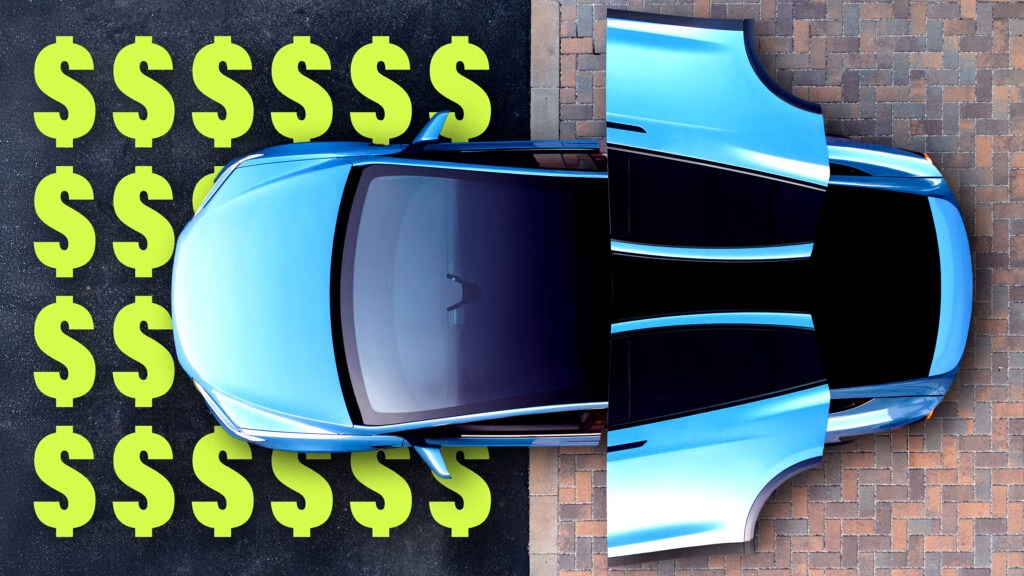Are EVs Really More Expensive to Insure Than Gas Cars?
You’ve probably heard the claim: electric vehicles cost a lot more to insure than their gas-powered cousins. A recent study from Insurify, which analyzed over 97 million insurance quotes for 2020-and-newer vehicles, puts the number at a whopping 49 percent higher for EVs. That’s not just a rounding error—it’s a real chunk of change. But before you start budgeting for sky-high premiums, let’s take a closer look at what’s really going on behind those numbers.
Why Do Insurance Rates for EVs Seem So High?
At first glance, the logic tracks. EVs are typically more expensive to buy, and when they get dinged up, repairs can be pricier too. Replacement parts for electric vehicles aren’t as widely available yet, and if the battery pack gets damaged, you’re often looking at a total loss rather than a simple fix. For example, a 2023 report from the Highway Loss Data Institute found that average repair costs for EVs can be 25-30 percent higher than for comparable gas models, largely due to battery and electronics complexity.
Plus, most EVs on the road are still relatively new. That means there’s not much of a used-parts market, and body shops may have less experience with the latest tech. Insurance companies, always wary of the unknown, tend to price in a little extra risk. It’s not personal—it’s just business.
Are the Comparisons in the Study Fair?
Here’s where things get murky. The Insurify study compared models like the Tesla Model X (a luxury SUV) to the Audi Q3 (a compact crossover), and the Tesla Model 3 to the Mercedes A-Class. Apples and oranges, right? Critics, including plenty of car enthusiasts online, have pointed out that these pairings don’t really line up in terms of price, performance, or repair costs.
When you compare a $100,000 EV to a $40,000 gas car, of course the insurance will be higher. But is that because it’s electric, or just because it’s a more expensive vehicle? The distinction matters. According to a 2024 analysis by the Insurance Institute for Highway Safety, when you control for vehicle class and price, the insurance gap between EVs and gas cars shrinks significantly—sometimes to less than 10 percent.
How Do Repair Costs and Warranties Factor In?
It’s true that EV batteries are expensive to replace, sometimes running $10,000 or more. But here’s the twist: every new EV sold in the US comes with a federally mandated 8-year/100,000-mile battery warranty. That means for most owners, catastrophic battery failure isn’t coming out of pocket, and insurers know it.
Meanwhile, modern gas engines aren’t exactly cheap to fix or swap, especially in luxury models. And as more automakers standardize modular battery packs and increase parts availability, repair costs for EVs are expected to drop. A 2023 McKinsey report predicts that by 2027, average EV repair costs will be within 15 percent of gas vehicles, thanks to improved supply chains and technician training.
Which EVs Buck the Trend and Cost Less to Insure?
Not all EVs are created equal when it comes to insurance. The Insurify study did highlight several models that are surprisingly affordable to cover. The Chevrolet Blazer EV, Nissan Leaf, Kia Niro EV, Hyundai Ioniq series, Ford F-150 Lightning, and the Subaru Solterra/Toyota bZ4X twins all made the list of cheapest-to-insure electrics.
What do these models have in common? They’re generally priced closer to mainstream gas vehicles, have strong safety records, and are built by brands with established repair networks. In other words, they’re less of a wild card for insurers.
What Should Shoppers and Owners Really Take Away?
So, does the headline-grabbing 49 percent insurance premium for EVs tell the whole story? Not quite. The data is real, but the context is messy. If you’re shopping for an EV, don’t assume you’ll automatically pay through the nose for insurance. Instead, compare quotes for specific models, look at safety ratings, and ask about repair costs in your area.
And keep in mind, the insurance landscape is changing fast. As EVs become more common and repair shops get up to speed, premiums are likely to come down. In the meantime, choosing a mainstream model with good safety tech and a solid warranty can help keep your costs in check.
The big takeaway? EV insurance isn’t about perfection—it’s about smarter adjustments. Start with one change this week, and you’ll likely spot the difference by month’s end.

